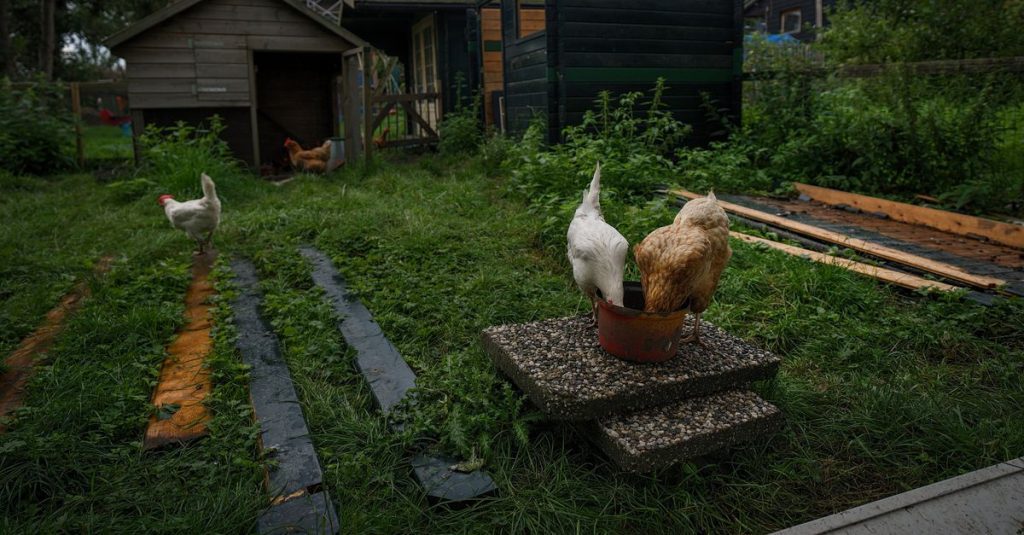People transmit more viruses to animals than vice versa. British scientists reported this week in Nature ecology and evolution. The piece introduces a lot of new knowledge surrounding the transmission of viruses between animal species.
Avian and swine influenza viruses, SARS-CoV-2, but also adenoviruses and rhabdoviruses, for example: they can all jump between animal species. If they can infect humans, we call these viruses zoonotic. They can cause devastating epidemics. For example, the Spanish flu of 1918, which was caused by a combination of bird, swine and human flu, but also the recent coronavirus pandemic, which can probably be traced back to bats.
The British write that relatively little is known about this jump. Knowledge of this is important to be able to predict which viruses pose a risk and take measures against them.
The British searched a widely used database containing the genetic codes of about twelve million animal viruses. And this is only a small part of all known viruses. The majority have not yet been discovered. Up to 93 percent of the viruses in the database have been isolated from humans. Not because humans carry many more viruses than other animals, but because scientists are more interested in this matter than others.
Evolutionary family trees
However, other animal viruses are of great interest, according to the British, because they can cause epidemics. But which viruses mainly change host species, in what direction, and what plays a role? To check this, the British used a program that allows you to create evolutionary family trees based on gene sequences. Specific changes show whether the virus originated in Animal A and then passed to Animal B, or vice versa.
Of the viruses examined in the database, 22% have switched host species at least once. Of these, 21 percent involve a change from or to persons. But here's the thing: in two out of three cases, viruses did not jump from animals to humans, but rather the opposite.
This applies not only from an animal welfare point of view. It also means that many human viruses can spread through animals and remain dormant in animals for a long time, possibly undergoing dangerous changes. This calls for taking more stringent measures to protect animals from our viruses, according to the British.
They made many other discoveries. Viruses that can infect many different hosts actually require few adaptations to colonize new host species. The modifications required vary greatly between viruses and hosts. This concerns not only invasion of the host cell, but also, for example, proliferation or evasion of the immune system. Not good news, according to the Brits: All this further complicates predicting which viruses could become zoonotic.

“Coffee buff. Twitter fanatic. Tv practitioner. Social media advocate. Pop culture ninja.”











More Stories
Which can cause an increase in nitrogen.
The Central State Real Estate Agency has no additional space to accommodate Ukrainians.
The oystercatcher, the “unlucky national bird,” is increasingly breeding on rooftops.